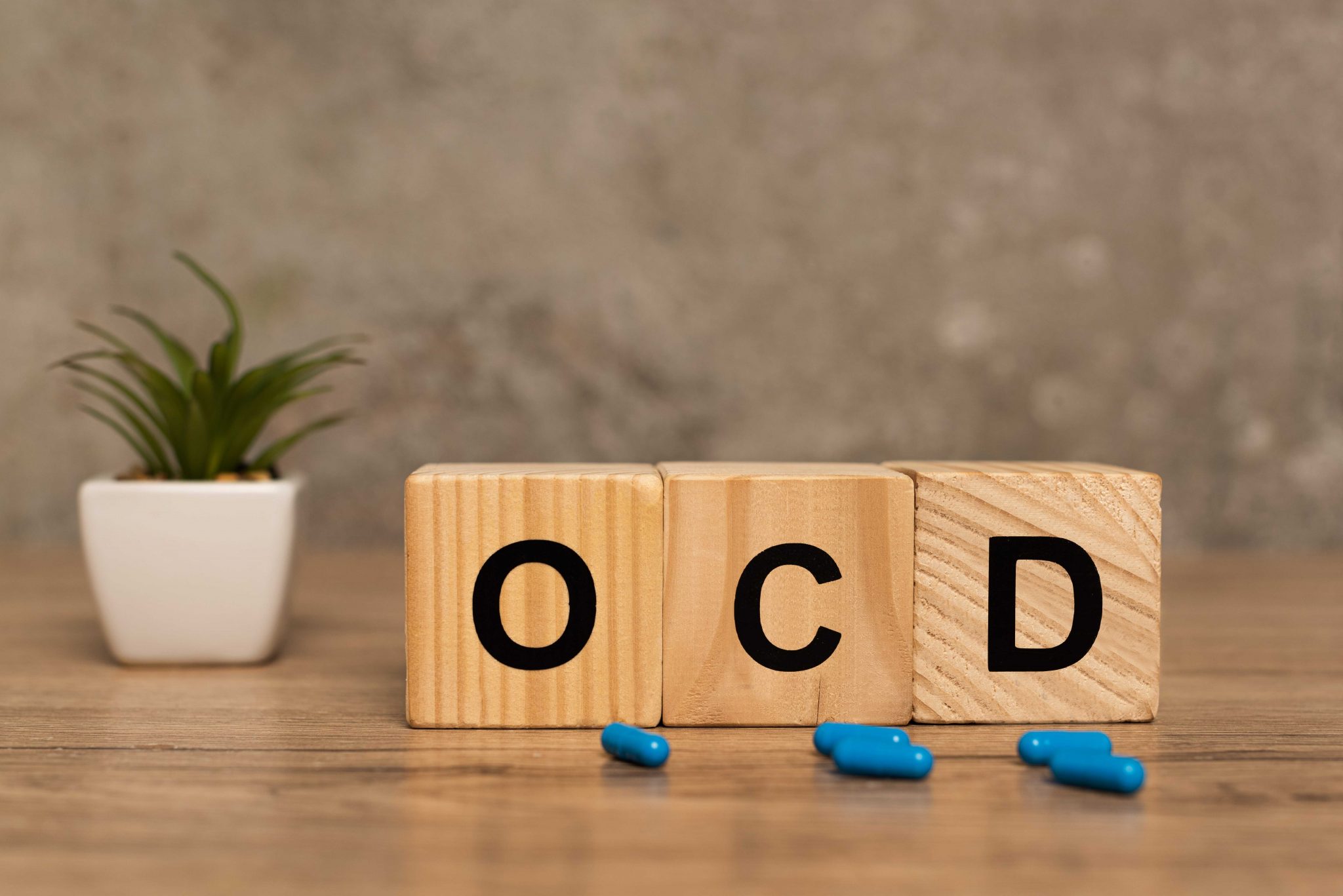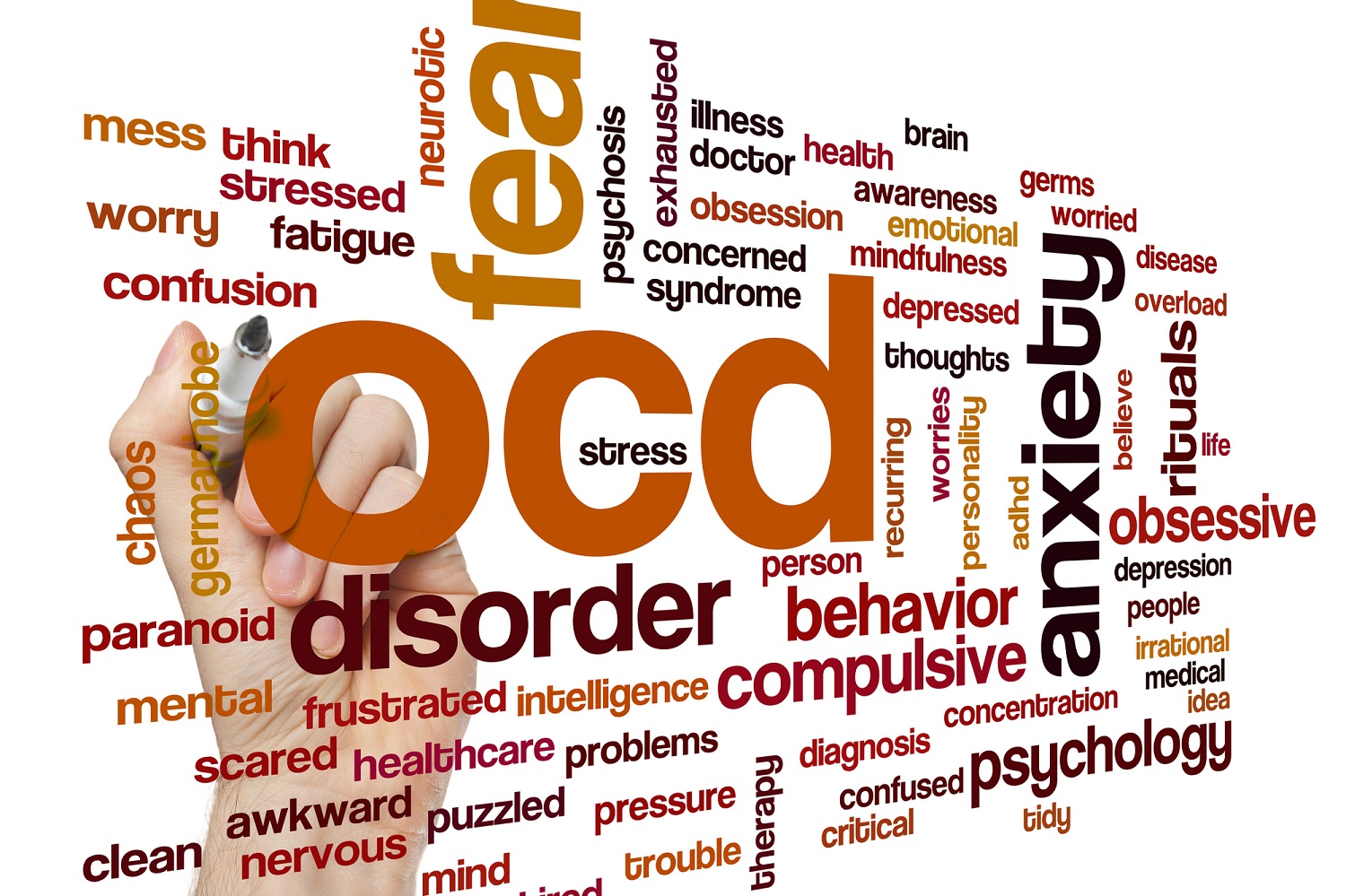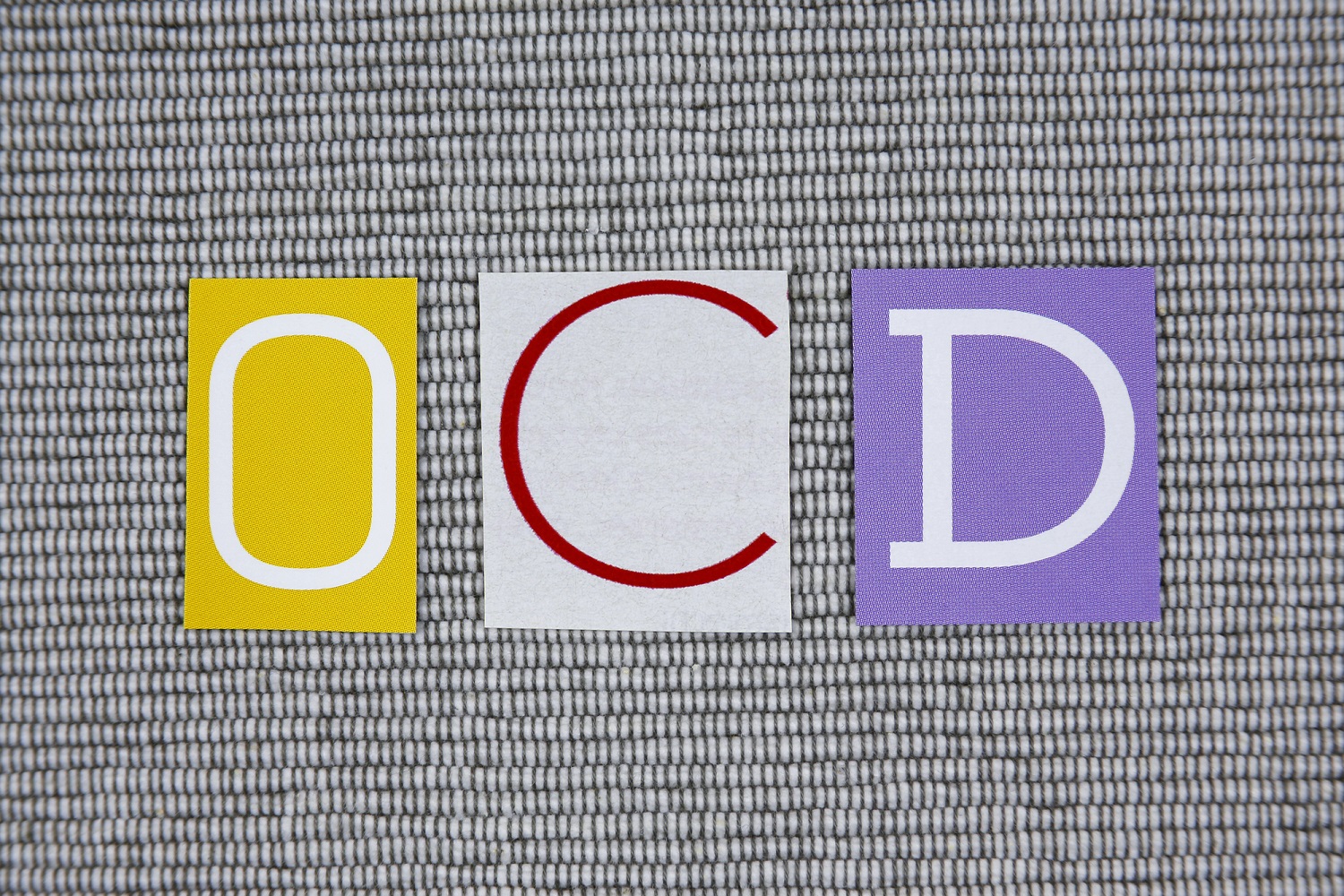If obsessive-compulsive disorder (OCD) is interfering with your ability to function normally and you’ve tried traditional options to no avail, explore how TMS may hold the key to living a life free from both obsessions and compulsions.
OCD affects between 1% and 2% of the population in the United States to varying degrees. While some people only suffer mild symptoms, others are plagued by overriding compulsions and thoughts that affect their ability to function normally. If you find that you’ve become a prisoner of your OCD and traditional treatments have failed to make a difference, transcranial magnetic stimulation (TMS) may be a great solution.
At Bespoke Treatment, our team is at the forefront of TMS therapies and we’ve helped scores of patients overcome a wide range of debilitating mental disorders, from depression to OCD.
Here’s a look at how TMS works and why it’s becoming one of the most effective treatments for OCD.
OCD and your brain
As with many mental health issues, finding the exact mechanism in the brain that creates problems with OCD has been tricky and researchers continue to study the problem. To date, the focus has been on brain chemistry, namely the neurotransmitters that communicate between your brain cells. With the theory that OCD is created by an imbalance in these neurotransmitters, healthcare providers have used medications to restore balance.
In recent years, however, researchers have turned to neural networks instead of neurotransmitters to determine whether OCD may stem from more of a functional problem rather than an imbalance.
To provide a very basic analogy, if traffic is a problem in a certain area, is it the vehicles that are causing the problem or the roadways?
Based on early findings, OCD may lie in both; and for those whose neural networks are affected, TMS provides the perfect solution.
TMS and OCD
TMS was originally approved by the FDA to treat depression, but the regulatory agency recently added OCD in 2018 because of its success in treating the disorder.
TMS works by targeting certain areas of your brain with electrical pulses that work to improve neural networking and communication between brain cells.
In approving the use of TMS for OCD, the FDA reviewed data from a study of 100 patients and found that 38% of those who received TMS responded favorably and their symptoms were reduced.
Another review that looked at data from several smaller studies found the same results: 35% of those who received TMS had good response rates versus 13% of those receiving the placebo treatment. In this report, researchers found that TMS worked best when targeting the orbitofrontal cortex or supplementary motor areas of the brain.
A safe and effective approach
While studies are certainly helpful, we can also speak from experience. We’ve helped many of our patients who’ve struggled with traditional therapies finally break free of OCD through TMS.
One of the greatest advantages of TMS as a treatment modality is that the procedures are non-invasive, which means you don’t have to rely on systemic medications that may come with unwanted side effects.
If you’d like to explore why so many have found relief from their OCD through TMS, please contact one of our two locations in Santa Monica and Los Angeles, California, to set up a consultation.





















